We’ve discovered how to start our easy to transplant seedlings and our fussier transplanters. Now it is time to direct sow your seedlings that do not tolerate being transplanted. (If you need to reference which plants detest being transplanted go to Starting Your Seeds Indoors for our handy chart.) Join me in my home garden so we can direct sow our garden seeds together!
The Keys to Direct Sow Your Garden Seeds
1. Know the timing of when to direct sow your seeds.
Is your plant a warm weather plant or a cool weather plant? Warm weather plants do not tolerate any frost and a cool weather plant can tolerate about 28 degrees Fahrenheit. Warm weather plants that want to be directly sown into the ground are beans, soy beans, corn and popcorn. Directly sow these cold weather plants: carrots, garlic, kohlrabi, peas, potatoes, radishes and turnips. Once you have identified whether your plant is warm or cool weather plant you will need to figure out when to plant according to your frost date. You can discover how to calculate the timing of planting your cool and warm weather crops in one of my articles about Planting Zones.
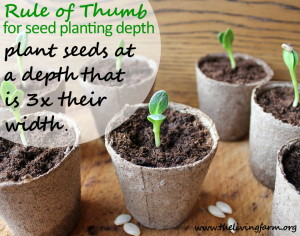 2. Direct sow your seeds at the proper depth and understand spacing.
2. Direct sow your seeds at the proper depth and understand spacing.
You can read how deep to plant the seeds on your seed packet or you can follow the general rule from our previous high performance garden training videos. The general rule is to plant seeds three times its width deep in the soil. A corn seed that is about 1/4 inch wide will be planted 3/4 inches deep. If you are in a high performance garden system you will have the opportunity to plant closer together. In a regular garden simply follow the guidelines on the seed package.
3. Give your seeds the best start with a seedling soil mix.
Most of the soil surrounding our houses is not the top soil that is preferred for proper germination. Usually it’s the subsoil dug up when our basements were dug. To ensure proper germination you will need a good seedling soil mix. You can find my secret family recipe in Starting Seeds Indoors. Layer your seedling soil mix in the garden first and then direct sow your seeds at the proper depth. Cover your seeds with your seedling soil mix carefully so you don’t disturb them.
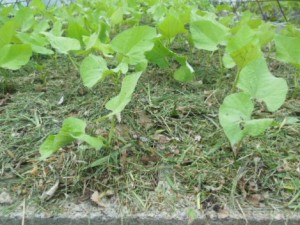 4. Lightly mulch to keep the soil moist.
4. Lightly mulch to keep the soil moist.
A thin layer of mulch can go a long way in holding the precious moisture in your soil. I prefer to use grass clippings but those can be rare in early spring. As a replacement you can use straw that is finely ground or sawdust. To break down your straw you can scatter it over your lawn and then run your lawn mower over it. Then use the straw that has collected into your bag. It is the perfect size for mulching.
5. Water and protect your seeds.
Watering your seeds once a day and lightly until they emerge is the best way to give them a great start. Once they are big enough I like to mulch them again to help them retain even more water. These seedlings will not need sun protection like your transplants will. Making protecting them as simple as water and mulch!
What seeds have you started in your garden? Have you shared seedlings or gardening tips with a struggling gardener in your life? If you have tell us how! If not take it as a challenge to go and share your bountiful garden with a struggling gardener. Share this high performance garden blog post to invite the gardeners of all levels in your life to come and join the High Performance Garden Community!
Lynn Gillespie
Email Lynn your questions about direct sowing your garden.
Back to the HPG Community Posts

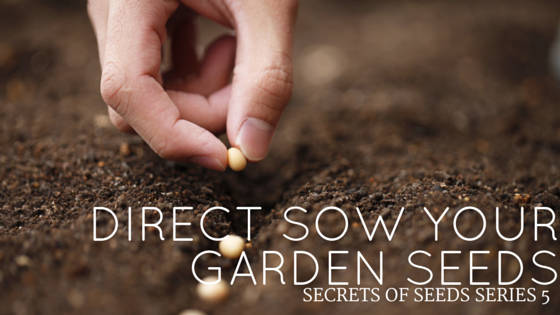
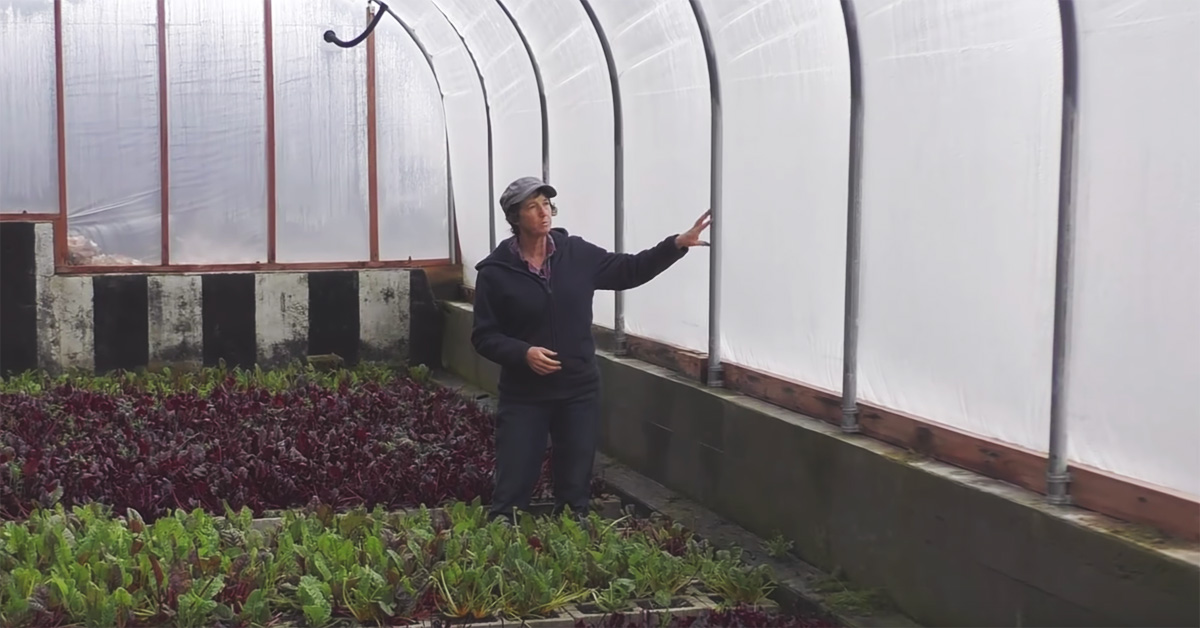
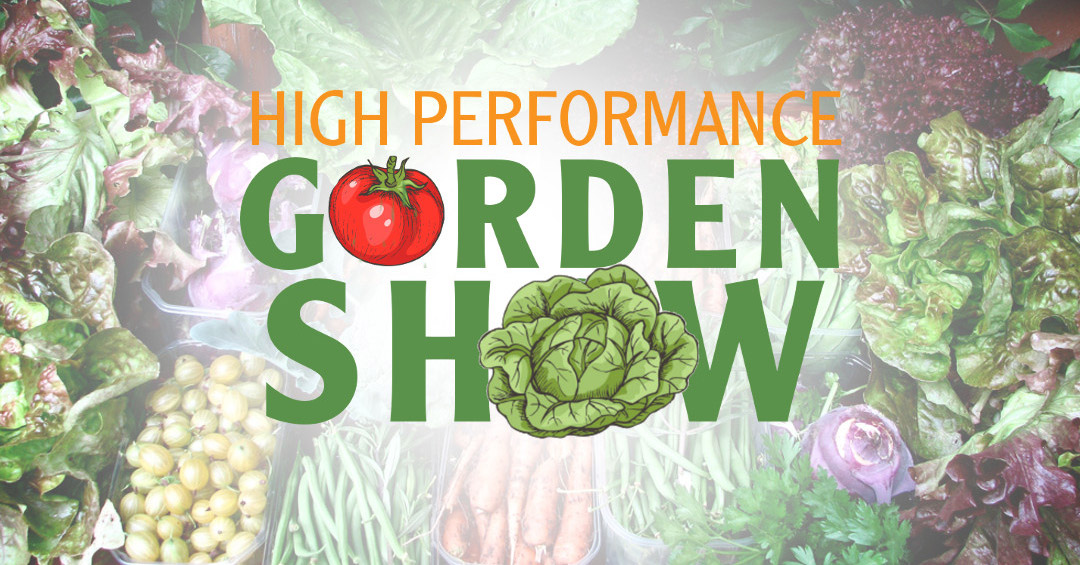
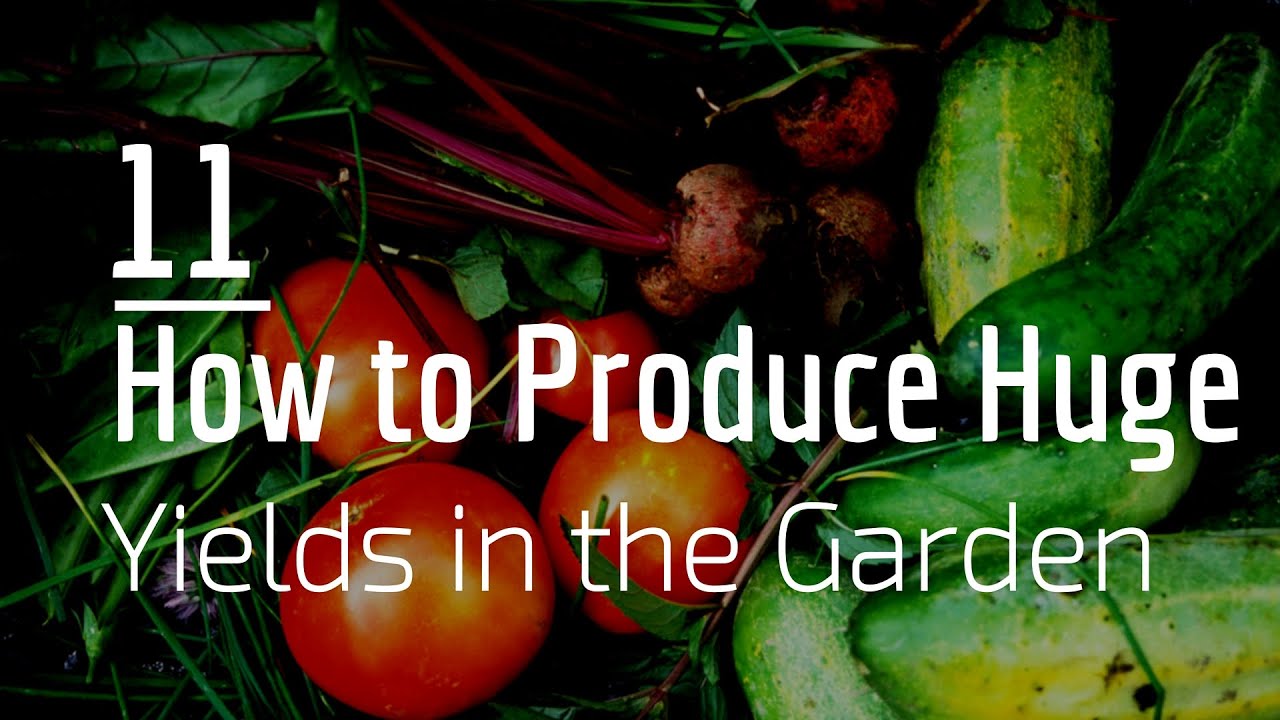
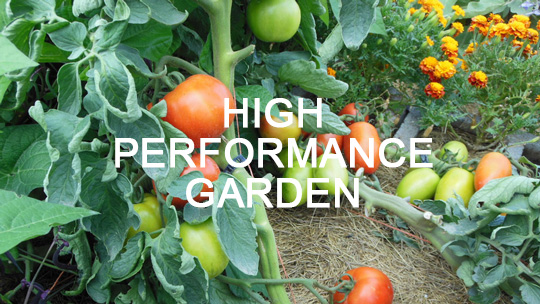
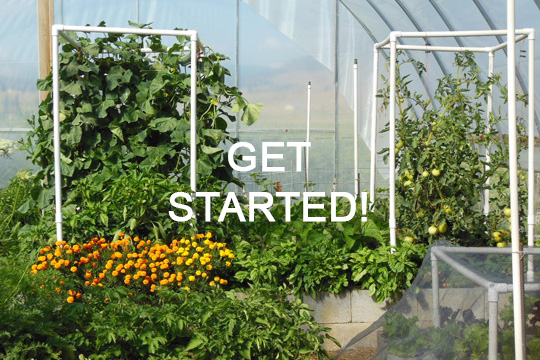

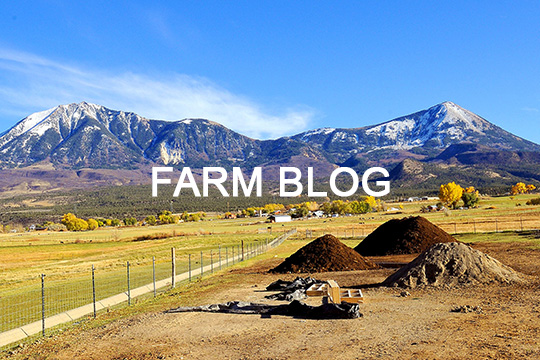
Lynn-
the website looks amazing. are doing incredible work.
this is truly the year of your gift – it is awesome how much you are sharing and teaching. modern families have no reason not to be growing so much of their own, as you show so beautifully.
Woohoo! Congratulations to you! That’s is fantastic news!G and I setatrd a small winter garden in our back yard that we have just upgraded to a full on back plot for this growing season. Like you, we are excited!We are novices, too, but thought this tip might be helpful: If possible, try to grow what you eat most often. G and I have a list of veg we pick up every Saturday at the market > that’s the same list we used to choose the vegetables we’d plant. All, of course, assuming these veg can grow in our climate. Am sure you’ll do your homework and end up with something you’re incredibly proud of. Just remember, things can be slow going at first. Plants are resilient, though.